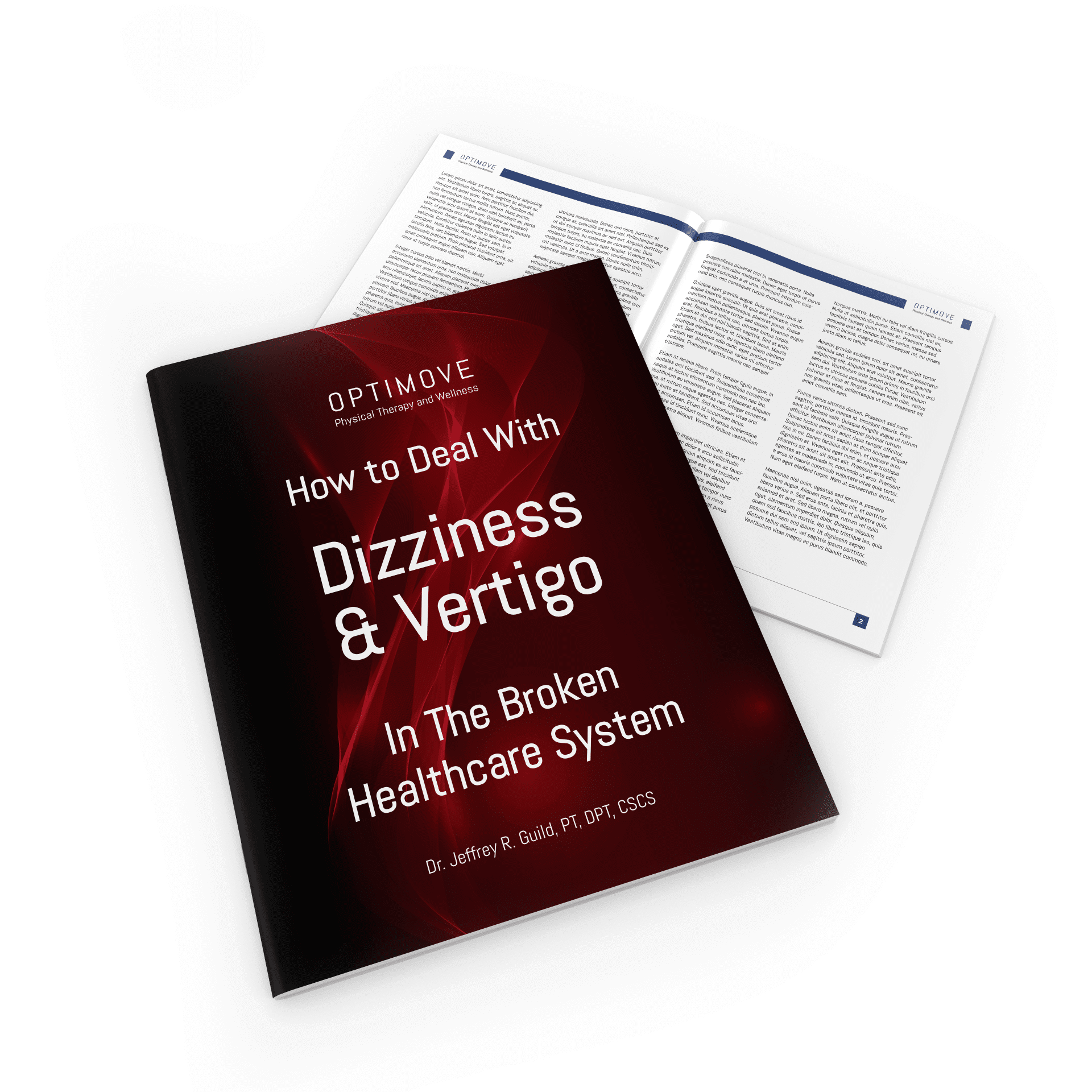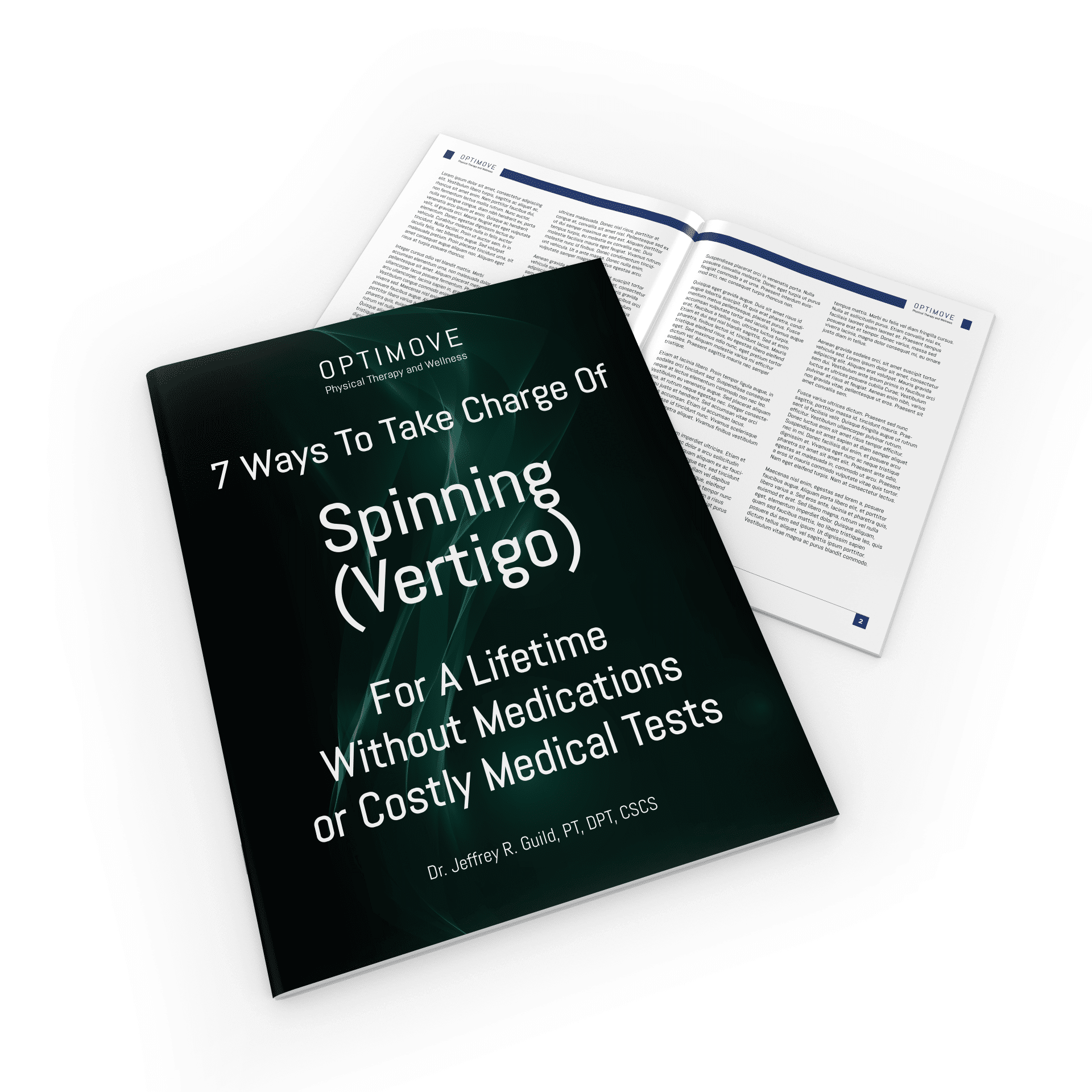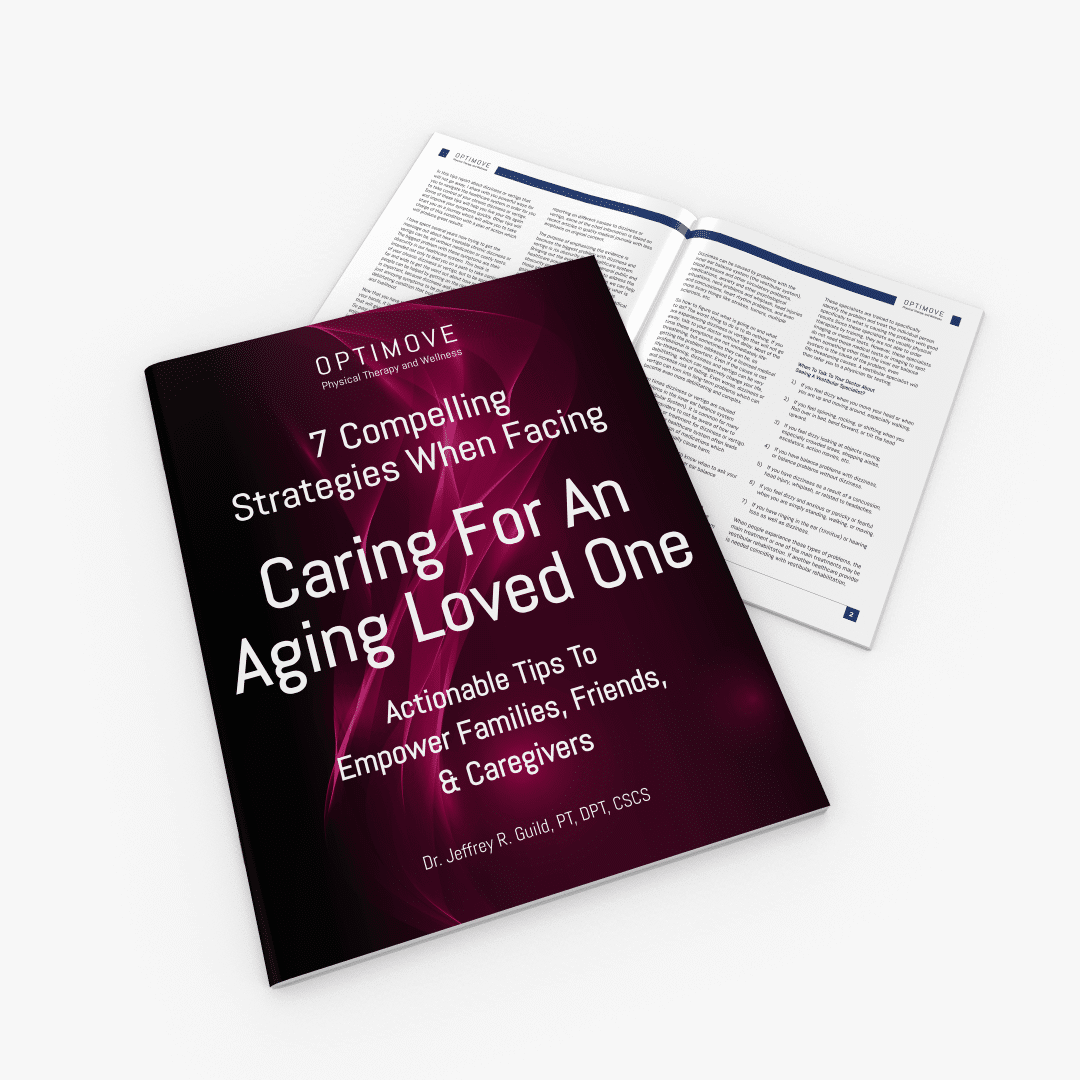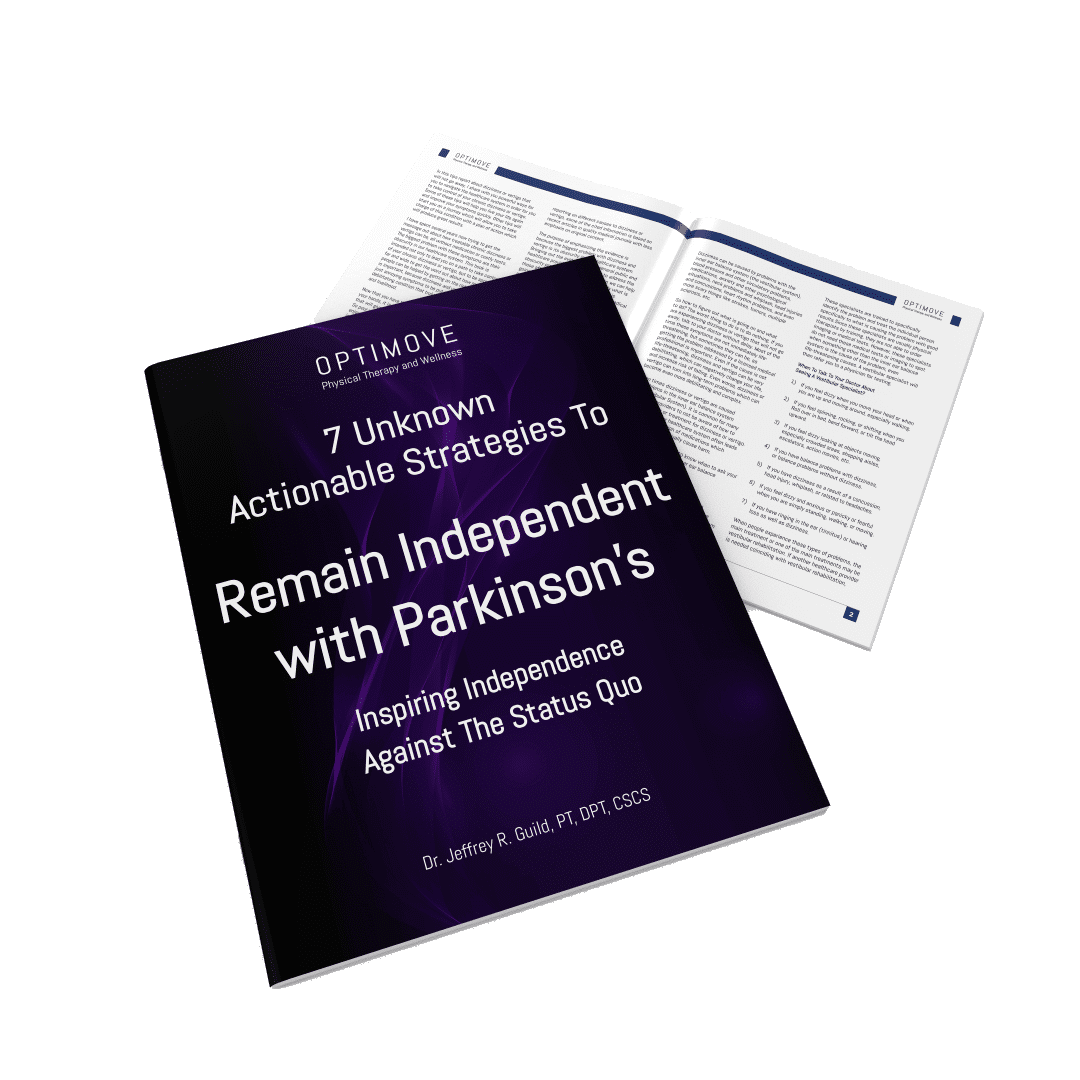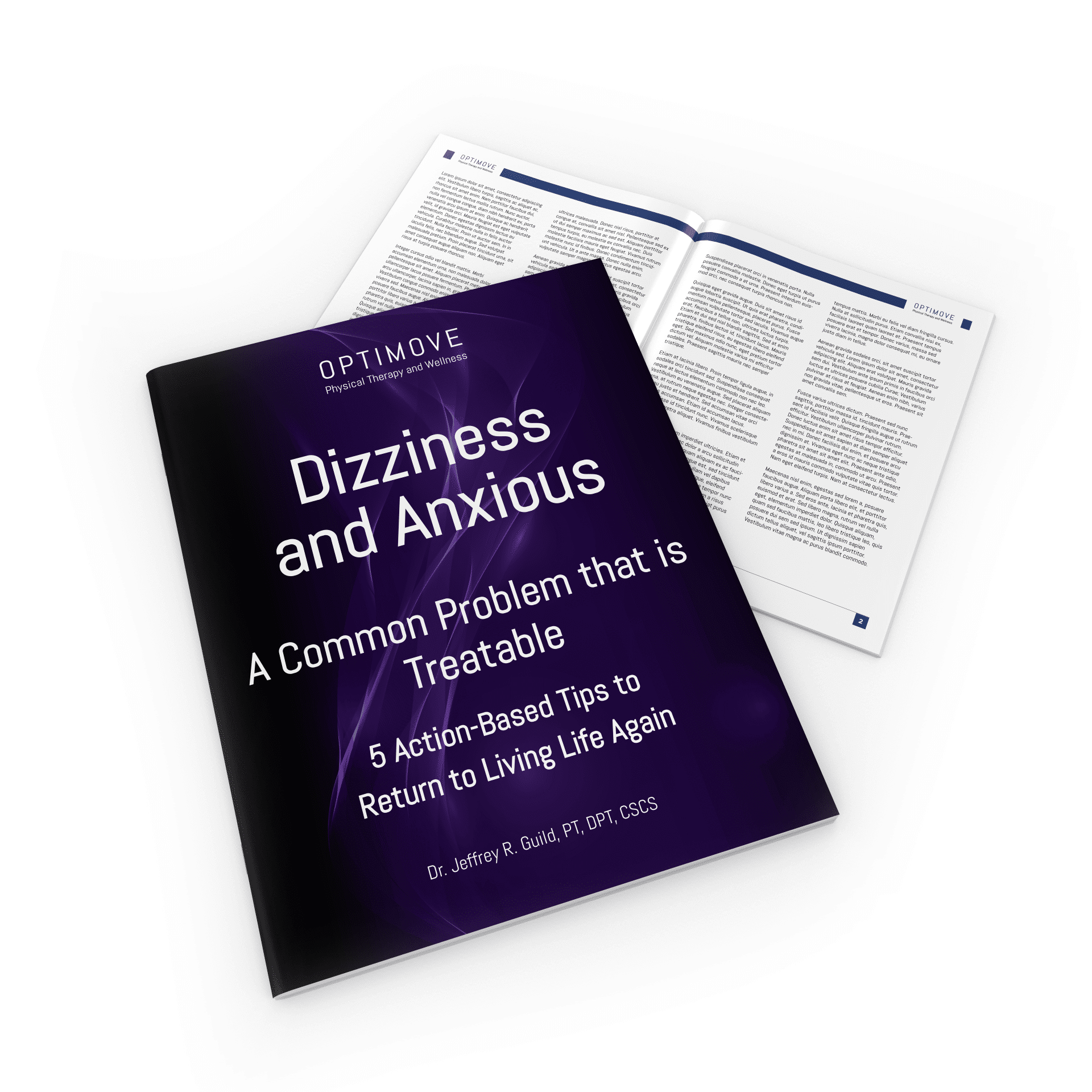Most of the time, vestibular patients receive treatments that don’t completely help them because they don’t find the right treatment.
–
Do you or an aging loved one struggle with balance and falls? There is hope. Let us empower you to maintain your independence at home and in the community.
Click the link below to book your free in-home discover visit: https://old.optimovedfw.com/balanceandfallsfb
They’ll get some better,” as often our clients will say, “but they’re not going to find as much potential as they would compared to if we figure out, okay what’s exactly going on? Why does the person exactly have a balance problem?” All these things need to be taken into consideration.
And so, the treatment can be very different, based on the individual causes of the problem. And also, the progression that you will do, the safety with progression, will also be a big factor as well. You might give them exercises if they have a particular problem, and it’s completely safe and fine, but if there’s something else that’s causing the balance problem, you wouldn’t want to have them do those exercises on their own.
You want to progress them in a different way, in order to make sure that they’re safe. You can see here, given all these variables, why generalized balance training gets people somewhat better, but isn’t going to get them to their full potential.
Very specific, individualized treatment can help people get to a full resolution of the balance problem. It’s amazing the things that can happen, basically once you get after it. You find out the root cause and then you keep pursuing it. You don’t stop. You don’t give up. You keep helping them get better and better and better over time because this can take time.
Especially with older individuals, there could be a lot of history there. There can be a lot of causes to the balance problem. It could be a brain injury, it can be a hospitalization, it can be a very complex medical situation. All these things feed into one another, and they cause this type of complexity and just means it might take a little bit longer.
But it doesn’t have to take long, and just because it takes a long time doesn’t mean it’s not worth pursuing. Because, if you think about, let’s say your children or grandchildren, how much would you pursue to get them as good as they can be if they’re struggling with something as basic as balance? Or if it’s reading or anything basic in their daily life, how much do we pursue with our children?
And so, how much should we pursue with our older population as well? Why just give them six weeks? Why give up on them like that? And why make that the norm? The challenge has been in our current healthcare system, and our current society, that has become the norm where someone who has a very complex balance problem is given let’s say only six or eight weeks.
But what’s actually going to solve the problem is going to be a lot longer term than that, even if it’s specific, individualized solutions. It might take longer than that. Now, again, it doesn’t always take longer than that, and the good news is the sooner that you start on these sorts of things when you start noticing a balance problem, or the first fall, or before the falls result in a hospitalization, a hip fracture, and all this decline.
This vicious cycle, that is a vicious downward spiral, basically addressed the cause of the problem early on. The earlier that you address the problem, the quicker that the problem could be resolved. I hope this is helpful to distinguish between generalized balance training and very specific, individualized treatment for balance disorders.
I think it’s very important, especially with the Baby Boomers getting older. In the next several years, we’re going to be experiencing a lot of people getting older and struggling with these sorts of problems. So, it drives me to get ahead of this problem and to be able to prevent these problems from becoming basically a nationwide epidemic.


